The Caucasus - Armenia - Part 3 - Yerevan
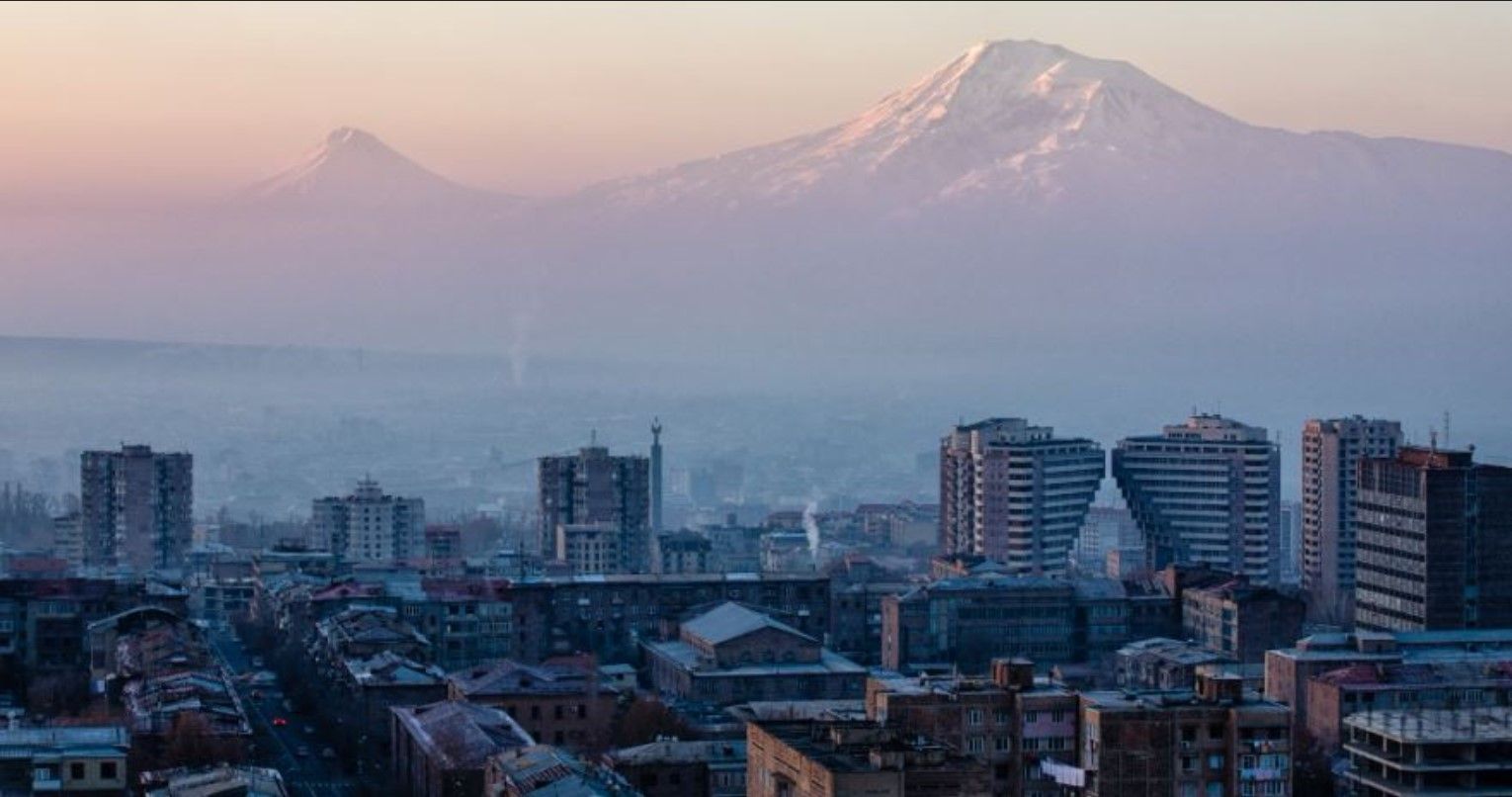
Yerevan is the capital of Armenia and one of the oldest capitals in the world, even older than Rome! Actually, the Erebuni fortress (from which the name Yerevan is derived) to be more specific, was founded in the year 782BCE. These days it is alive with bustling cafes and restaurants, locals relaxing in parks, bars and coffee shops.
The city underwent massive reconstruction, at the beginning of the 20th century, following architect Alexander Tamanyan's plans to create a perfect city filled with neo-Classical buildings, wide avenues and stretches of parkland, a masterpiece of urban planning at the time.
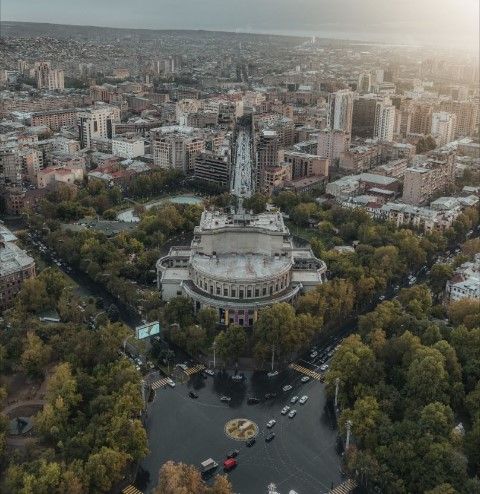
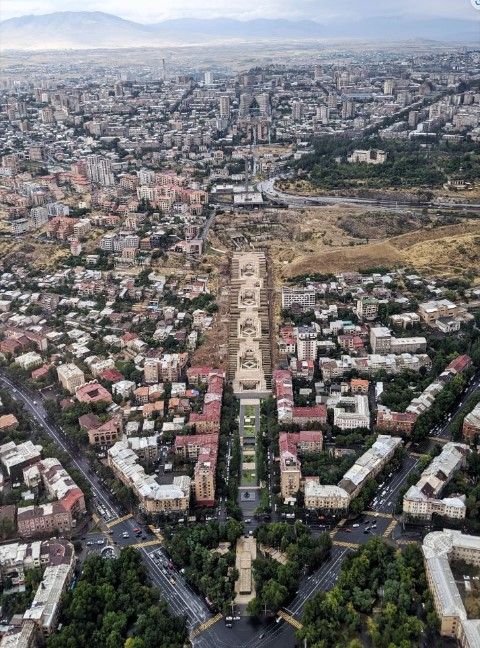
Aerial images of Yerevan - Left: The Opera House Photo by IsaaK Alexandre KaRslian / Unsplash; Right: The planned Streets. Photo by Alexandr Hovhannisyan - Unsplash
The centre forms the commercial hub, government and cultural buildings, hospitals and educational establishments, featuring large scale Modern and Post-Modern masterpieces - the result of Soviet-Armenian architectural mania. It’s known as the Pink City, due to the pink volcanic tuff stone used in many of its buildings.
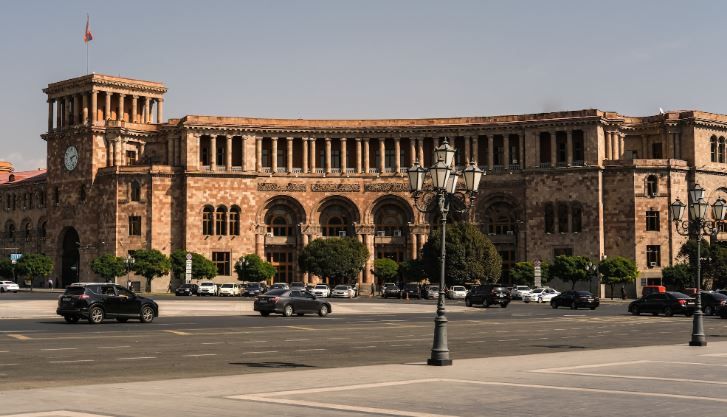
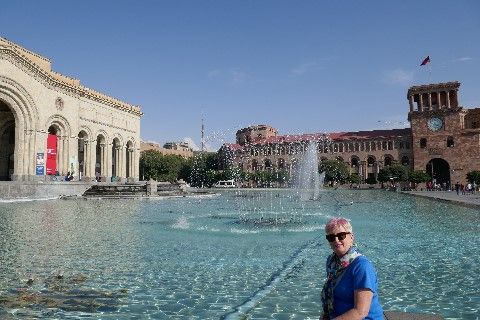
Republic Square - huge and surrounded by pink architectural gems Photo by Gor Davtyan / Unsplash; Republic Square from another angle with fountains Photo: Jane
Large blocks of apartments dot the skyline at the edge of the city, quite ugly today with washing strung from windows and AC units dotted on exterior walls. In Soviet times, apartments were occupied based on the size of the family - no rent, no maintenance fees and no charge for central heating. They were built on higher ground to take advantage of any breeze in the hot summer months as back then there was no AC.
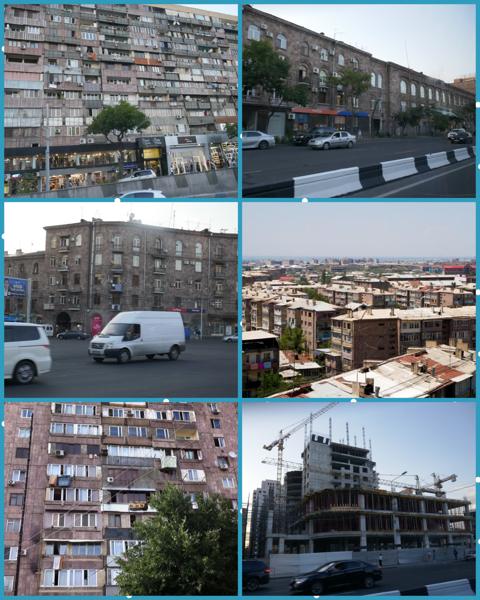
After the collapse of the USSR, occupants were given ownership of their apartment (house/property) simply by visiting the local district office and obtaining the certificate of title.
I guess that’s why so many ugly apartments remain today and now owners must pay for maintenance, electricity heating etc.
Linking the centre with its cultural and administrative institutions with the upper residential areas is The Cascade - a giant staircase - not just any staircase - what an architectural marvel - a favourite in Yerevan and not far from my hotel.
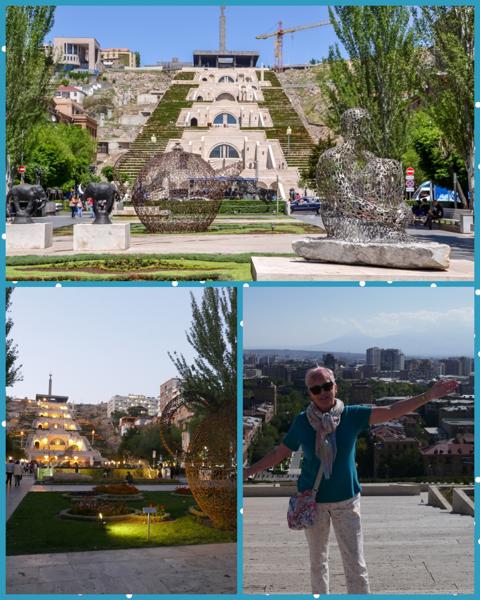
Alexander Tamanyan had the idea back in the 1920s but for various reasons it was stop start until eventually American-Armenian businessman and philanthropist Gerard Cafesjian acquired the area in the early 2000s eager to donate his collection of modern art to his motherland.
I was saved climbing stairs to ascend the 302 metres, using around 6 sets of internal escalators - a delight in itself as every section displayed pieces of Cafesjian’s sculpture collection; at each level an exit to the Cascade exterior featuring sculptures, waterfalls and architectural features.
There are several galleries lining the corridors as well including the Cafesjian Gallery, however they were closed. I was more than satisfied riding the escalators up and down, each time spotting something new.
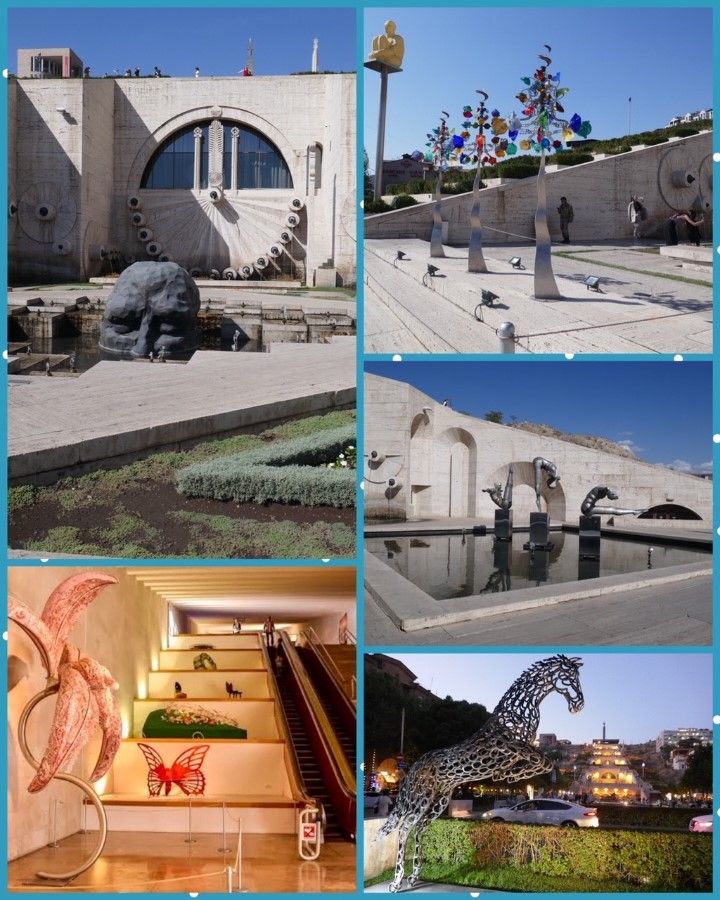
Below other art displayed along the escalators included Gufram's Marilyn 'Bocca' Lip Sofa and Richard Cresswell's Butterfly Seat. I especially liked Pollination Stems by Ruth Moilliet – a whimsical bed of flowers on a grassy knoll.
A shaded leafy boulevard leads to the Cascade - dotted with more sculptures and lined with cafes and restaurants. I recognised Fernando Botero’s bronzes – Cat and Woman Smoking a Cigarette and admired the blue kiwi by Peter Woytuk.
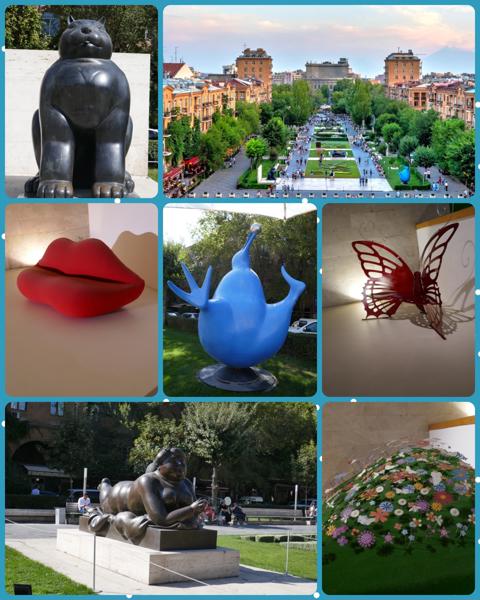
Every country has its quirkiness. Armenia has their own unique language and script - it’s alphabet contains 36 letters. It’s also a country addicted to chess.
Armenians have been playing chess since the 9th century. The founding father of chess in modern times is Genrikh Kasparyan, who made it to the semi-final of the USSR Championship in 1931 and won the Armenian Championship 10 times from 1934 to 1956. Today chess is a mandatory school subject across Armenia for every child over the age of 6.
No wonder some of the best chess players originate from Armenia winning many international tournaments.
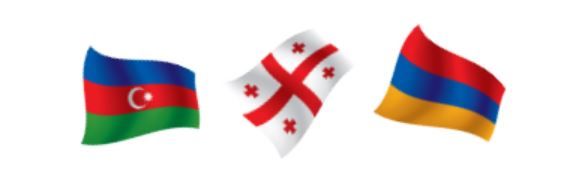
Well, my incredible journey to Central Asia and Caucasus has come to an end - 8 countries with 8 languages each with their own cultures - the common threads - independence after the soviet collapse in 1991 and further back in history part of the Great Silk Road.
The decline of the Silk Roads around 1450CE, was largely due to shipping becoming faster, safer and cheaper, especially when taxes and tolls by the Ottoman Empire deterred almost all trade along the traditional Silk Road routes.
The Silk Roads extended approximately 6,400 kms, across some of the world's most inhospitable landscapes and could take a merchant up to 2 years. I’m not quite sure how much of the route I actually covered in 4 weeks - but the land journey from Tashkent to Yerevan is around 3,200 kms, although I did fly some of the longer hops.
It’s been a fascinating insight into history and events taking places in these countries today. The people welcoming and always a highlight of any trip.
On the way home to Australia I spent a few days in Muscat, the capital of Oman. Join me soon for the final leg of this adventure.
